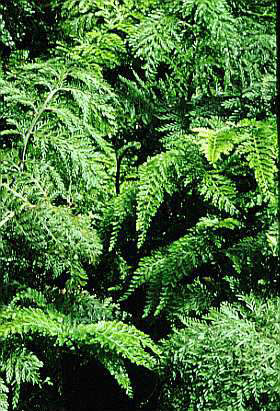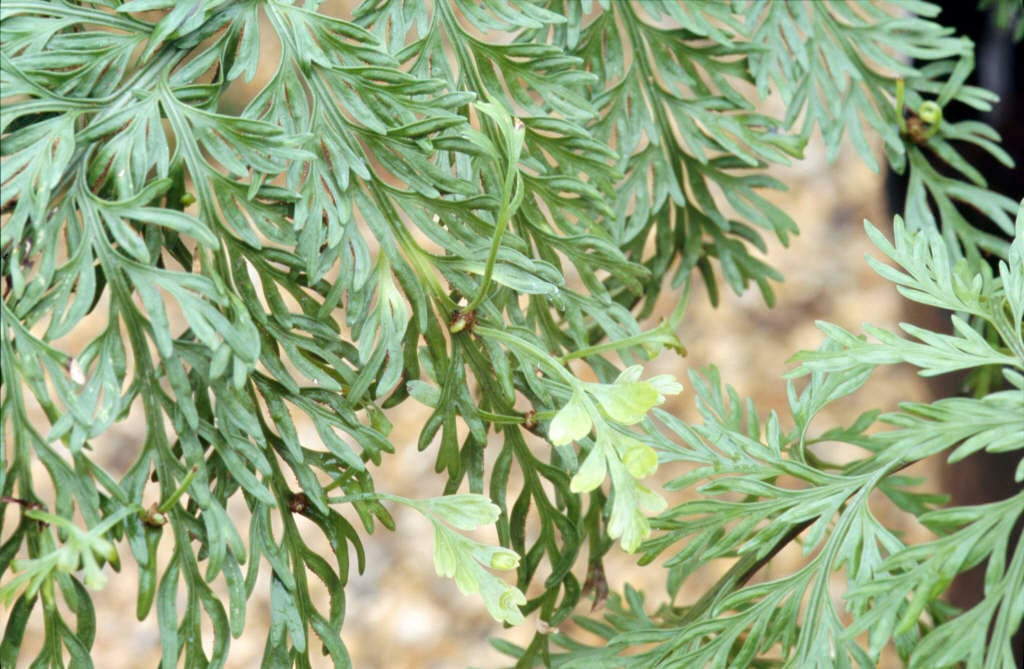Size
Ultimate height
0.5–1 metresTime to ultimate height
5–10 yearsUltimate spread
0.5–1 metresGrowing conditions
Moisture
Moist but well–drainedpH
Acid, NeutralColour & scent
| Stem | Flower | Foliage | Fruit | |
| Spring | Green | |||
|---|---|---|---|---|
| Summer | Green | |||
| Autumn | Green | |||
| Winter | Green |
Position
- Partial shade
Aspect
West–facing or East–facing
Exposure
Sheltered Hardiness
H2Botanical details
- Family
- Aspleniaceae
- Native to GB / Ireland
- No
- Foliage
- Evergreen
- Habit
- Tufted
- Genus
Asplenium are evergreen ferns with short, usually erect rhizomes bearing a rosette of slightly leathery fronds which may be simple, pinnate to 3-pinnate
- Name status
Correct
- Plant range
- Australia, New Zealand
How to grow
Cultivation
Grow indoors in bright indirect light, in a container using three parts peat-free multipurpose compost, one part peat-free John Innes No.3, and added horticultural grit, occasionally misting the fronds for moderate humidity. Water to keep the compost moist but not soggy and use a half strength general liquid fertiliser monthly between May and August. See how to grow ferns for further advice
Propagation
Propagate by sowing spores or by potting up plantlets when 3 or 4 leaves have formed
Suggested planting locations and garden types
- Patio and container plants
Pruning
Dead or damaged fronds may be removed as necessary
Pests
May be susceptible to scale insects
Diseases
Generally disease-free
Love gardening
Sign up to receive regular gardening tips, inspiration, offers and more
View our Privacy Policy
Get involved
The Royal Horticultural Society is the UK’s leading gardening charity. We aim to enrich everyone’s life through plants, and make the UK a greener and more beautiful place.

